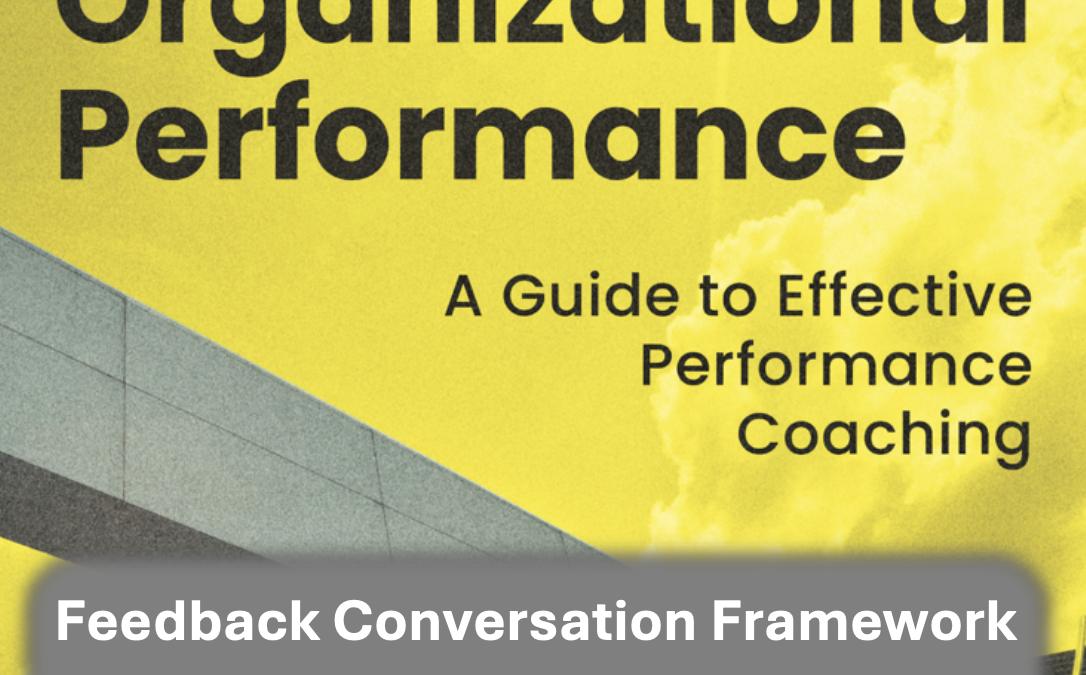
In the world of performance coaching, the old adage rings true: what gets measured, gets managed. But how do we effectively measure the success of our coaching efforts? Let’s dive into the art and science of coaching metrics.
The Measurement Challenge
Coaching impacts can often feel intangible, making it challenging to quantify success. Yet, without measurement, we risk operating in the dark, unable to demonstrate value or improve our coaching practices.
The Power of Metrics
When done right, measuring coaching success provides invaluable insights, drives continuous improvement, and demonstrates the tangible impact of coaching initiatives on organizational performance.
Key Areas to Measure
- Goal Achievement
Track progress towards specific, measurable goals set during coaching sessions. This provides a clear indicator of coaching effectiveness.
Use a combination of quantitative metrics (e.g., percentage of goals achieved) and qualitative assessments (e.g., quality of goal attainment) for a comprehensive view.
- Behavior Change
Measure observable changes in behavior that result from coaching. This might involve 360-degree feedback or before-and-after assessments.
Look for sustained behavior change over time, not just short-term improvements.
- Performance Improvement
Assess changes in key performance indicators (KPIs) relevant to the coachee’s role. This could include productivity metrics, sales figures, or customer satisfaction scores.
Compare performance trends before and after coaching interventions to isolate the impact of coaching.
Implementing Effective Measurement Strategies
- Establish Baselines
Before beginning a coaching engagement, gather baseline data on relevant metrics. This provides a point of comparison for measuring progress.
Use a mix of objective data (e.g., performance statistics) and subjective assessments (e.g., self-ratings of confidence or skill proficiency).
- Set Clear Metrics
Work with stakeholders to define what success looks like for each coaching engagement. Ensure metrics are aligned with organizational goals.
Choose a mix of leading indicators (e.g., employee engagement scores) and lagging indicators (e.g., turnover rates) to get a comprehensive view of coaching impact.
- Regular Check-ins and Adjustments
Schedule regular review points to assess progress and adjust coaching strategies as needed.
Use these check-ins to gather feedback on the coaching process itself, allowing for continuous improvement of your coaching approach.
- Leverage Technology
Utilize coaching management platforms or performance tracking tools to streamline data collection and analysis.
Consider implementing pulse surveys or mobile apps for real-time feedback and progress tracking.
Overcoming Measurement Challenges
- Balance Quantitative and Qualitative Data
While numbers are important, don’t neglect the power of stories and qualitative feedback. These can provide context and depth to your quantitative metrics.
Use structured interviews or feedback sessions to capture qualitative insights on the coaching impact.
- Account for External Factors
Be aware of other variables that might influence performance metrics. Use control groups or comparative analysis where possible to isolate the impact of coaching.
Gather contextual information to help interpret results accurately.
Practical Takeaway
Choose one key metric relevant to your current coaching engagements. Over the next month, track this metric consistently for your coachees. At the end of the month, analyze the data and reflect on what it reveals about your coaching effectiveness and areas for improvement.
Conclusion: Data-Driven Coaching Excellence
As I discuss in my upcoming book, “Maximizing Organizational Performance: A Guide to Effective Performance Coaching,” measuring coaching success is not just about proving value—it’s about continuously refining our practice to deliver the best possible results.
By implementing robust measurement strategies, we can demonstrate the tangible impact of coaching, drive continuous improvement, and ensure our coaching efforts are aligned with organizational goals. Are you ready to take a data-driven approach to coaching excellence?
#CoachingMetrics #PerformanceMeasurement #DataDrivenCoaching #ContinuousImprovement #MaxOrgPerf


